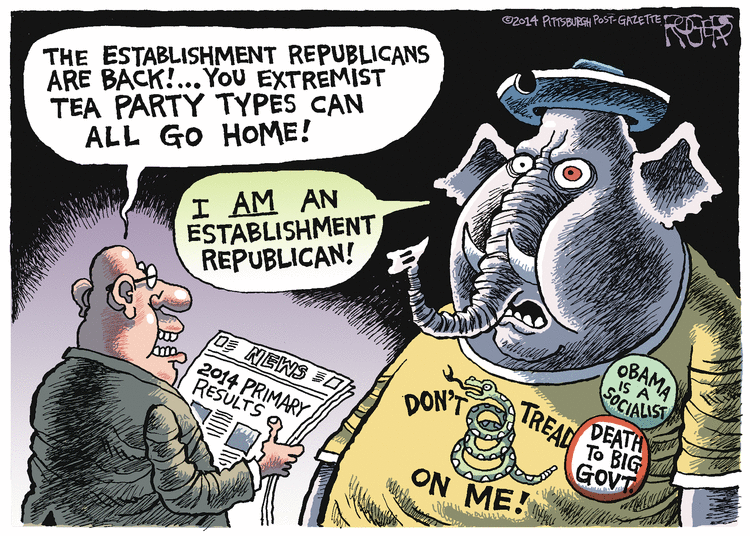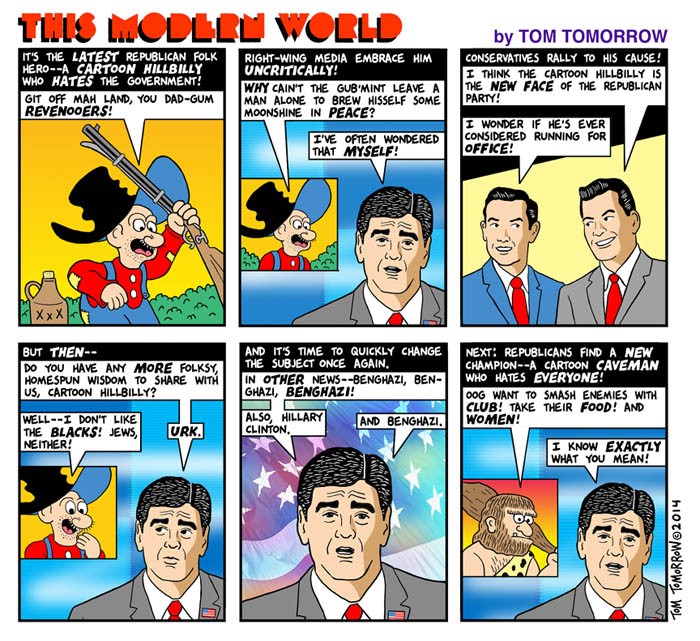It is almost enough to make you feel sorry for Mitch McConnell (R-KY), the Senate minority leader. Almost, but not quite.
On one side, the Republican politician and former Kentucky senator who gave McConnell his first job in politics, says that McConnell has betrayed the people of Kentucky by mounting a crusade to repeal Obamacare. Why, back when McConnell was fresh out of law school, Senator Marlow Cook remembers how McConnell “worked and worked hard” to pass the Equal Rights Amendment for women, was skeptical about the Vietnam War, and was even inspired by Martin Luther King Jr. and the civil rights movement.
But now Cook has slammed McConnell for trying to kill Obamacare. He says: “If he had any knowledge of the lack of health and medical facilities in the hills of Kentucky, he’d know it’s a problem we need to solve. For Mitch McConnell to decide the new health program is not good for Kentucky — it tells me he’s not looking out for his own constituency.”
Cook goes on: “I don’t know what Mitch is doing. If he thinks this whole thing should be killed, it’s an awful crap shoot. Instead of stopping [Obamacare], they should be correcting the things in the bill that need correcting. But to say it should be killed? I know what the real, real conservative Republicans want. They would love to get rid of Medicare. They would love to get rid of Social Security.”
On the other side, McConnell is being challenged from the right by even more conservative Republican Matt Bevin. Naturally, Bevin also wants to kill Obamacare.
But here is where it gets ironic. At a campaign stop on Monday, Bevin told his audience that after leaving a job “My wife and I literally didn’t have health care for about a year because of a pre-existing condition.” That’s right, Bevin himself was denied health care coverage because of a pre-existing condition, a problem that the Affordable Care Act fixed.
So what was this pre-existing condition that cost Bevin his health insurance? Why, it wasn’t a condition at all. It was because Bevin and his wife adopted a child. That’s right, Bevin couldn’t get health insurance for his entire family because he adopted a child. In fact, Bevin has adopted four children from Ethiopia, something for which he and his wife should be lauded.
Despite practically being a poster child for the benefits of Obamacare, Bevin told the crowd that he remains committed to “100 percent repeal”. Even though 400,000 Kentuckians have gotten health care coverage through Obamacare, resulting in a 40 percent drop in people without health insurance in the state.
What will the Republicans do if they take over the Senate in the upcoming mid-term election? Once they have the votes in both the House and the Senate, will they really go nuclear and repeal Obamacare? Obviously, Obama would veto any such attempt, but it still would be costly to them politically, since by then Obamacare will be even more popular. But if they don’t repeal it, will challenges from ultra-conservatives like Bevin cause them even more problems?
Maybe, or maybe not. As the Washington Post notes, in the upcoming primaries next Tuesday, not a single Tea Party candidate is predicted to win.




